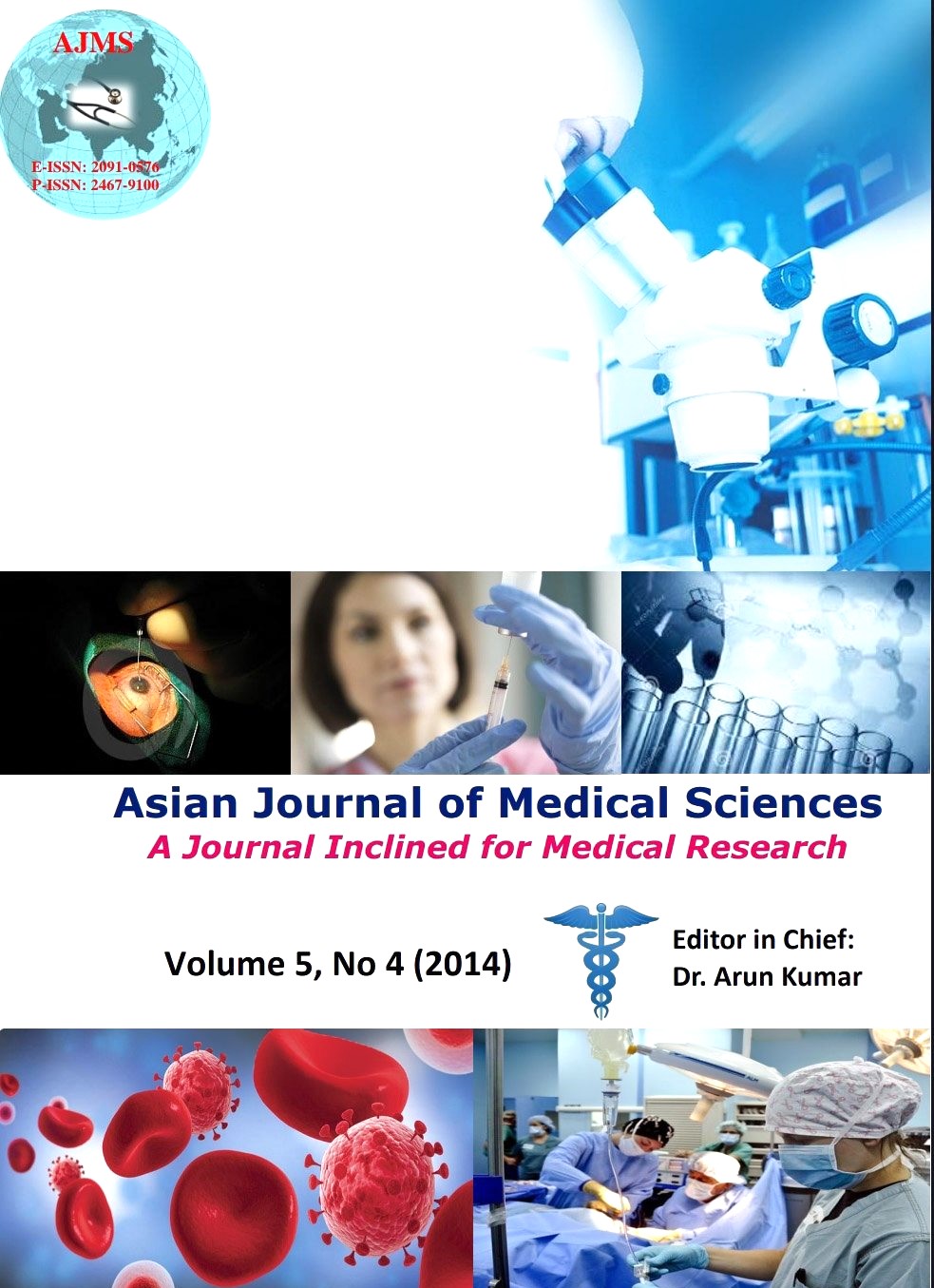Evaluation of antimalarial and antioxidant activities of the methanol seed extract of Adenanthera pavonina (Linn) in Plasmodium berghei infected mice
Keywords:
Antimalarial activity, antioxidant, Plasmodium berghei, Adenanthera pavoninaAbstract
Objectives: Malaria and oxidative stress are major health problems in the world in general. The goal of the study is to investigate the antimalarial and antioxidant activities of the methanol seed extract of Adenanthera pavonina linn (ADP) in Plasmodium berghei infected mice.
Methods: Thirty five mice distributed into seven groups of five animals each were used in this study. Plasmodium berghei, was inoculated into Swiss albino mice intraperitoneally with an innoculum size of 1x107 on day zero (D0). The vehicle (1% DMSO), ADP (100, 200, 400, 600 and 800 mg/kg dose) or chloroquine (10 mg/kg) were thereafter administered from D0 – D3. At the end of the antimalarial studies, the blood samples from these animals were collected through cardiac puncture for biochemical assay. The effect of the ADP on the biomakers of oxidative stress was determined in infected mice. In addition in vitro antioxidant activities of ADP were assessed using the 1, 1-diphenyl-2-picrylhydrazyl (DPPH) based assay.
Results: The percentage parasitemia decreased significantly in the parasitized treated group with the crude extract (p < 0.001) compared to the parasitized untreated control group. Also the crude extract, at a dose of 800 mg/kg exerted an antimalarial activity (92.11%) higher than that of chloroquine (88.73%). In the in vitro antioxidant studies, the extract had an IC50> 400 μg/ml which was significantly higher than the standard antioxidant drug, ascorbic acid (IC50 = 1.20 μg/ml). In the case of biochemical and in vivo assay, there was no statistical significant difference (p >0.05) in plasma total protein, malondialdehyde (MDA) and hydrogen peroxide (H2O2) levels in all the treated groups compared to the parasite control group but, there was a statistical significant decrease (p < 0.05) in glutathione (GSH) levels at doses of 400 and 800 mg/kg compared to the parasitized untreated control group.
Conclusions: Methanol seed extract of Adenanthera pavonina demonstrated a significant antimalarial activity but did not exert any antioxidant effect over the parasitized treated mice.
DOI: http://dx.doi.org/10.3126/ajms.v5i4.9107
Asian Journal of Medical Sciences 2014 Vol.5(4); 44-51
Downloads
Downloads
Published
How to Cite
Issue
Section
License
Authors who publish with this journal agree to the following terms:
- The journal holds copyright and publishes the work under a Creative Commons CC-BY-NC license that permits use, distribution and reprduction in any medium, provided the original work is properly cited and is not used for commercial purposes. The journal should be recognised as the original publisher of this work.
- Authors are able to enter into separate, additional contractual arrangements for the non-exclusive distribution of the journal's published version of the work (e.g., post it to an institutional repository or publish it in a book), with an acknowledgement of its initial publication in this journal.
- Authors are permitted and encouraged to post their work online (e.g., in institutional repositories or on their website) prior to and during the submission process, as it can lead to productive exchanges, as well as earlier and greater citation of published work (See The Effect of Open Access).




